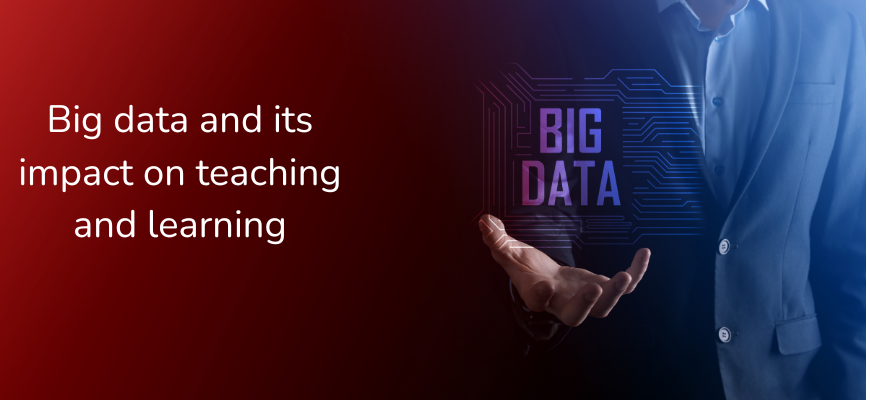
In today's digital age, the proliferation of technology and the vast amounts of data generated have transformed various sectors, including education. Big data, characterized by its volume, velocity, variety, and veracity, has the potential to revolutionize teaching and learning in numerous ways. Here are some key impacts of big data on education:
Personalized Learning: Big data analytics enable educators to gather and analyze vast amounts of student data, including academic performance, learning preferences, and behavioral patterns. This data can be used to create personalized learning experiences tailored to individual student needs, strengths, and weaknesses. Adaptive learning platforms can adjust the pace, content, and delivery of instruction based on real-time student data, maximizing learning outcomes.
Predictive Analytics: Big data analytics can help identify early warning signs of academic challenges or dropout risk factors by analyzing student data patterns. Predictive analytics models can flag students who may be struggling academically or at risk of falling behind, allowing educators to intervene early with targeted interventions and support services to improve student success rates.
Curriculum Development: By analyzing big data on student performance, educational trends, and workforce demands, curriculum developers can gain insights into which instructional strategies, content areas, and skills are most effective and relevant. This data-driven approach to curriculum development ensures that educational programs align with industry needs and equip students with the knowledge and skills needed for success in the 21st-century workforce.
Teacher Professional Development: Big data analytics can provide valuable feedback to educators on their teaching practices, student engagement levels, and instructional effectiveness. By analyzing classroom data, including student interactions, assessments, and feedback, teachers can identify areas for improvement and refine their teaching strategies to better meet student needs and learning objectives.
Data-Driven Decision Making: School administrators and policymakers can leverage big data analytics to make informed decisions about resource allocation, program effectiveness, and strategic planning. By analyzing data on student outcomes, attendance rates, graduation rates, and other key performance indicators, education leaders can identify trends, measure progress towards goals, and implement evidence-based interventions to drive continuous improvement.
Research and Innovation: Big data analytics provide researchers with unprecedented opportunities to conduct large-scale educational research, identify trends, and uncover insights into effective teaching and learning practices. By analyzing vast datasets, researchers can generate new knowledge, develop innovative solutions to educational challenges, and contribute to the advancement of the field of education.
In conclusion, big data has the potential to revolutionize teaching and learning by enabling personalized learning experiences, predictive analytics, data-driven decision-making, and research-driven innovation. By harnessing the power of big data analytics, educators, policymakers, and researchers can transform education and improve outcomes for students around the world.
Resume must be in the form of Doc, Docx, Pdf
Make show file type must be doc, docx, pdf.